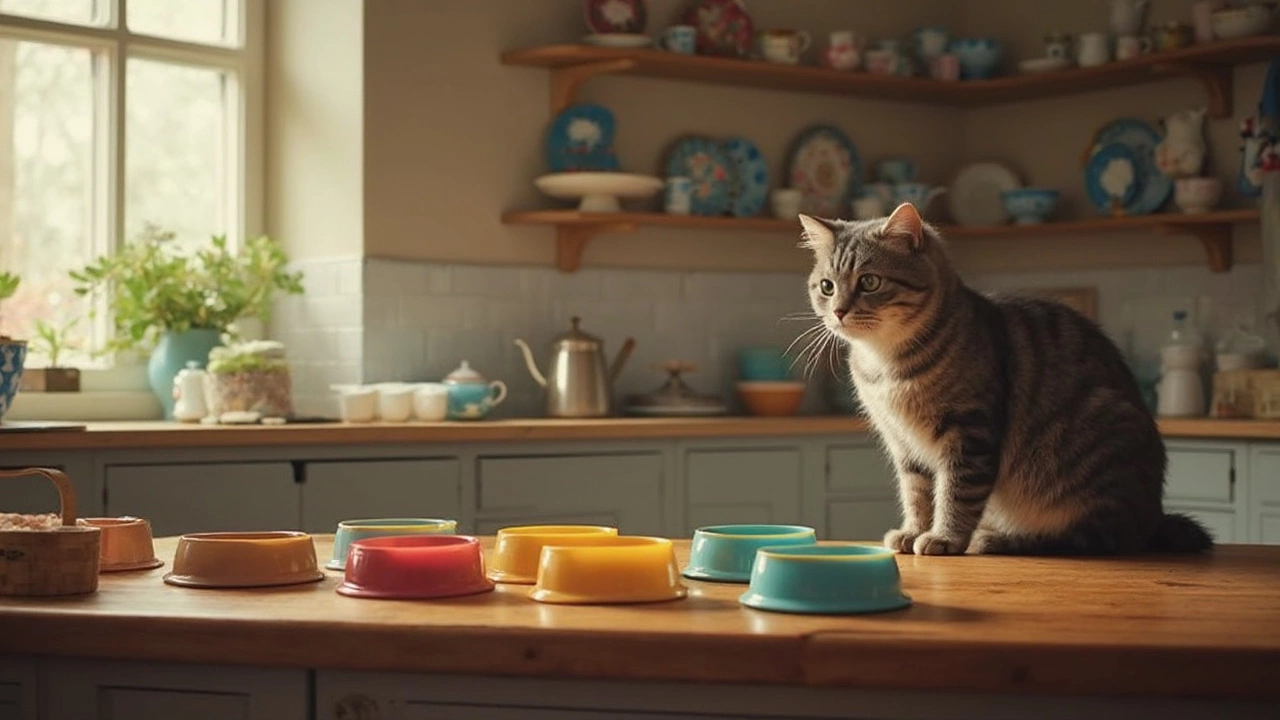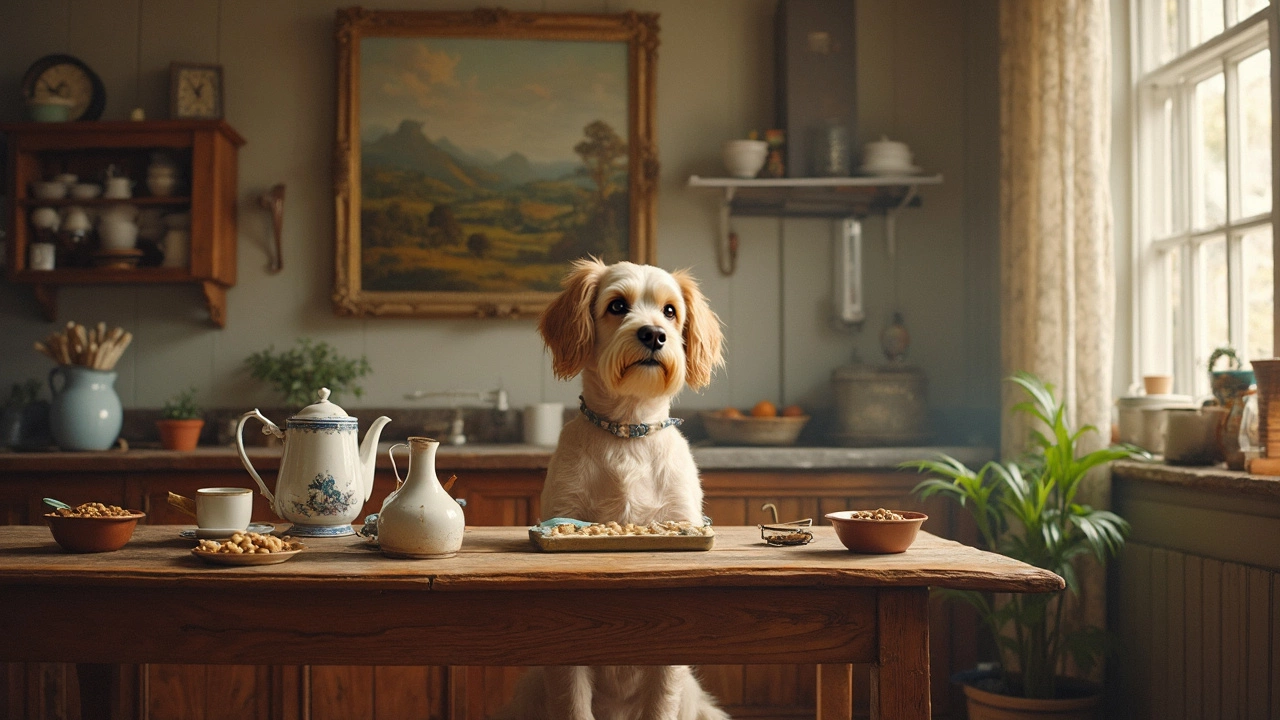Feeding Schedule Made Simple: Daily Meal Plan for Your Dog
Ever wonder why your pup seems hungry right after a bowl and then loopy an hour later? The answer is usually a shaky feeding routine. A steady schedule keeps energy steady, helps with weight control, and makes bathroom breaks predictable. Below you’ll find a no‑nonsense plan you can start today.
Why a Consistent Feeding Schedule Matters
Dogs thrive on routine. When you feed at the same times each day, their bodies learn when to expect food, which steadies blood sugar and cuts down on begging. Regular meals also give you a clear window to spot any changes in appetite – a quick way to catch health issues early. Plus, a set schedule makes house‑training easier because you can line up walks with the usual digestion window.
How to Build the Perfect Schedule
1. Pick the right number of meals. Puppies need three to four meals a day. Most adult dogs do fine with two meals spaced 8‑12 hours apart. Seniors or dogs with special health needs might need smaller, more frequent portions.
2. Choose consistent times. Look at your daily routine and pick slots you can stick to. For example, breakfast at 7 am and dinner at 6 pm works for many people. Write the times on a sticky note or set a phone reminder.
3. Measure portions. Check the label on your dog’s food for a guideline based on weight and activity level. Use a cup or kitchen scale – eyeballing leads to over‑feeding. Adjust if your dog is gaining or losing weight.
4. Add a quick check. After each meal, note how long it takes your dog to finish and whether they seem satisfied. If they gulp down food in seconds, slow‑feed bowls can calm them down and aid digestion.
5. Factor in treats. Treats count toward daily calories. Use them for training or as a reward, but keep them to less than 10% of total intake.
6. Stay flexible for activity spikes. If you have a long hike or a heavy training session, you might need a slightly larger portion or an extra snack. Just tweak the next meals to stay within the daily calorie goal.
7. Keep water available. Fresh water should be on hand all day, especially around meals. Changing the water bowl after each feeding keeps it clean and encourages hydration.
Once you’ve set the times, stick with them for at least a week. Your dog will start showing signs – calmer mornings, steadier energy, fewer bathroom accidents. If anything feels off, adjust the portion size or timing in small steps and watch the results.
Remember, the goal isn’t a rigid schedule that makes life stressful, but a reliable rhythm that fits your day and keeps your dog healthy. Use a simple chart, a phone alarm, or a feeding app to stay on track. In a few weeks you’ll notice the difference – a happier pup, a cleaner house, and less guesswork at the bowl.
How Many Times a Day Should You Feed a Cat?
Feeding your cat the right amount and at the right intervals is crucial for their health. Unlike dogs, cats often prefer several small meals throughout the day. Understanding their feeding needs, along with age and lifestyle factors, can ensure they live a healthy life. This article offers practical insights and tips for proper feeding schedules.
Best Time to Feed Your Dog: Morning or Evening?
Figuring out the best time to feed your dog can feel like a guessing game. Whether it's breakfast or dinner, your choice might impact not only their happiness but also their health. This article explores the pros and cons of morning versus evening feeding, providing insights and tips to help make the best decision for your furry friend.

